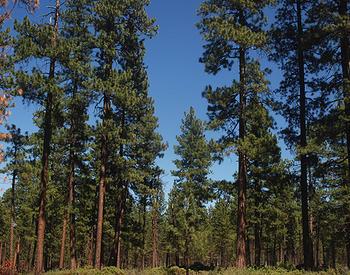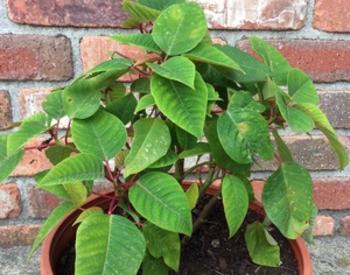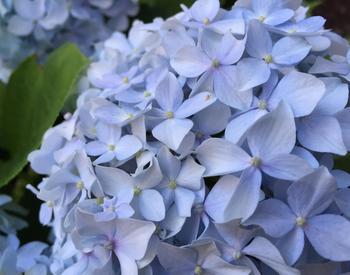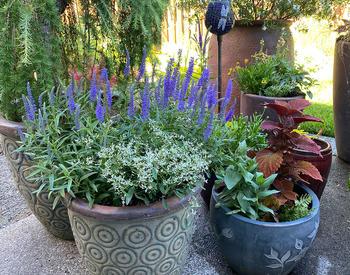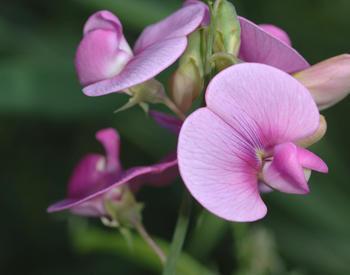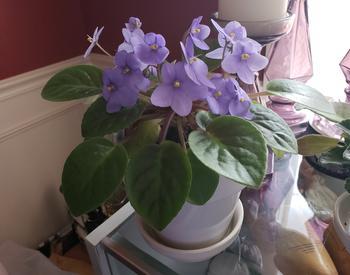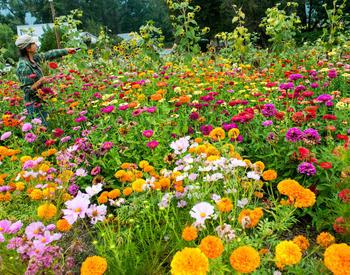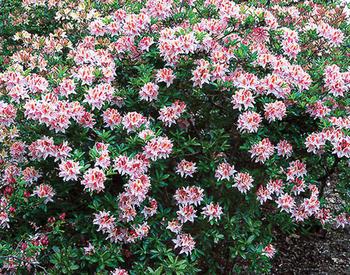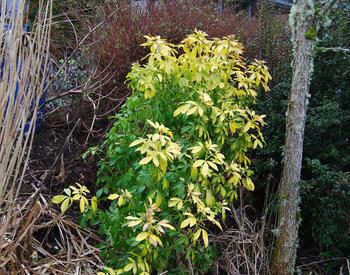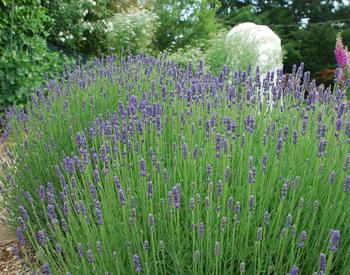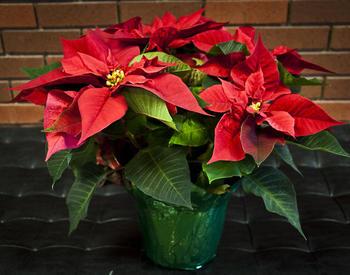Alder is very intolerant of drought. It requires summer watering to get established, unless planted deep enough for the roots to access the mid-summer water table. Well suited for shade and bank stabilization.
White alder is a broadleaf tree reaching over 75' tall and 2' diameter on good sites. Moderate growth rates. Short lived (typically 75 years or less). Prefers moist but well-drained soils. Typically found near running water, and one of the most abundant streamside species found in the lowland areas of Jackson and Josephine Counties.
Red alder is similar to white alder but generally found in cooler areas with higher precipitation. Where the ranges of the two species overlap they may hybridize.
Planting
Most often planted as a bare root or container seedling. Compared to some other broad-leaf species, it does not root well from cuttings.
Natural Regeneration
Resprouts from stumps when young after cutting or fire. Resprouting vigor declines as trees age. Produces abundant seed, which is carried by wind. Regenerates thickly on mineral soil.
- Streamside Planting Zones: 1 (usually), Zone 2 where subsurface moisture is abundant)
- Tolerance to flooding: HIGH
- Tolerance to shade: LOW
- Tolerance to drought: LOW
